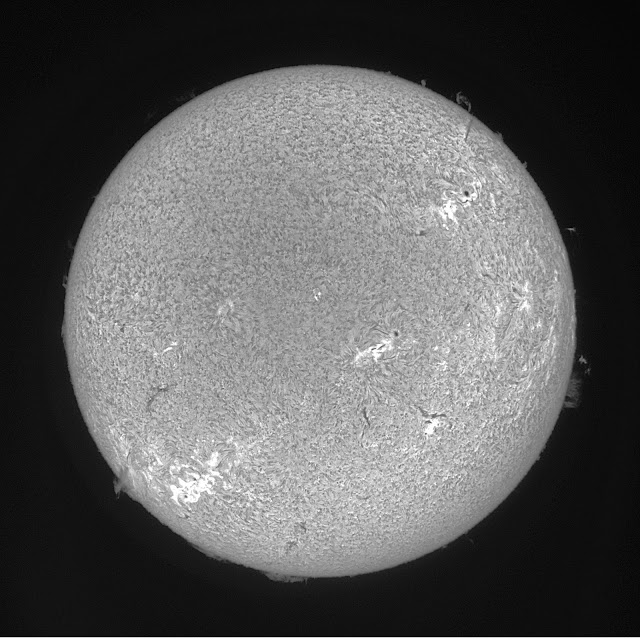T Coronae Borealis, aka the "Blaze Star" or T CrB, is a recurrent nova with a period of approximately 80 years. The last observed eruption was in 1946. However, based on the brightness variations observed previous to the last outburst, the next eruption is expected in 2024 rather than 2026.
 |
| Corona Borealis setting over Bristol Head. E-M5iii + Sigma 56m f/1.4 + softon filter. |
The position of T CrB is marked by the white circle in the image above. When it erupts it should be roughly equal in brightness to Alphecca (Alpha Coronae Borealis), the brightest star in this image.
The sky brightness was mediocre for Creede, with sqml=21.15. There were a lot of clouds in the sky, with some thin murky cover.
As usual, click on an image to get into Gallery View, from which you can download or view the full-size image.































